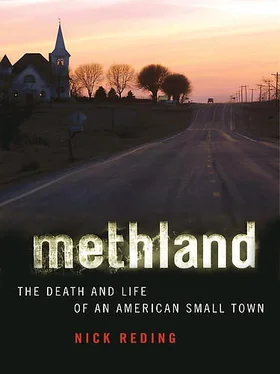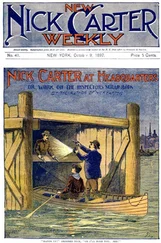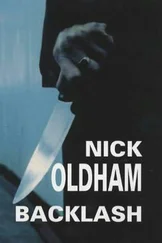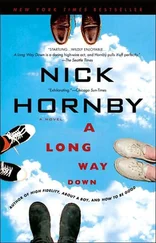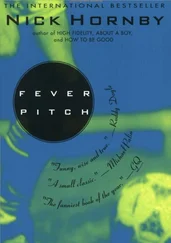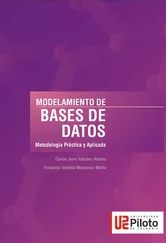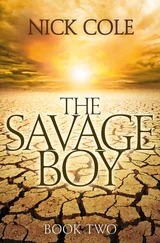Nathan saw his home in a wholly new light on his return in 2001. He’d left as a sheltered, ultraconservative Lutheran and come back with a well-honed passion for environmental activism. Locally, that passion was aimed primarily at what he deemed irresponsible water-use laws that both unfairly favored farmers and ranchers and polluted rivers like his beloved Volga, a tributary of the Upper Iowa. Fiscally, Nathan remained conservative, though his social agenda was that of a classic grassroots liberal. In lieu of building more jails—one of Iowa’s leading economies in the last ten years—Nathan advocated investment in state-mandated rehabilitation. He stopped attending church himself, but joined church-sponsored social change organizations. He read Aquinas and Kant, bought a VW bus, and organized trash cleanups on public lands. For a while he lived in Waterloo, an hour south of Oelwein, with the girlfriend he’d met in law school, and of whom his parents disapproved for, according to Nathan, her ample breasts, small stature, and short hair; her Jewish faith; and her roots in a city (Indianapolis), among other things on a long list. There was a falling-out, and Nathan, convinced he’d go the way of his estranged brother, who was living in San Francisco, gave up hope of ever taking over the farm. He consoled himself with the fact that his passion for environmental change was deeply out of whack with the prevailing sentiments of the old-guard farmers up around Oelwein, upon whose credos he’d only a few years before staked his claim to the family business. Still, he was lost and confused by his life, drawn to a place—home—in which he felt intellectually and spiritually confined. Nothing felt familiar. Moved to do something, Nathan did nothing.
That’s when Larry Murphy called. Murph, as he’s known around town, is a onetime meatpacking worker from a well-known Catholic Democratic family in Dubuque, Iowa. Of Larry’s eight surviving siblings—there were initially ten—four are, or have been, involved in state politics. During his senior year in high school, Nathan had worked for Murph as a page during one of Murph’s three terms as a state senator. In January 2002, one year after Nathan moved back to Iowa, Murph took office as the mayor of Oelwein, which was in dire straits financially. In addition to problems with the farms, Chicago Great Western had closed the round house, and wages at the Tyson meatpacking plant in town were barely a third of what they’d been as recently as 1992. With a shrinking student body and falling tax support, Oelwein High School was in danger of being closed, which would have had the disastrous effect of leaving some four hundred students to be bussed, at great expense, to schools as many as fifty miles away.
Into this vacuum had moved the production and distribution of methamphetamine. Not only in Oelwein, but all across Iowa, meth had become one of the leading growth sectors of the economy. No legal industry could, like meth, claim 1,000 percent increases in production and sales in the four years between 1998 and 2002, a period in which corn prices remained flat and beef prices actually fell. Farmers, desperate to avoid foreclosure on their land, sold anhydrous ammonia (a common fertilizer) to meth cooks to make the drug. Others simply quit farming and went into the small-scale meth-manufacturing business. Meatpacking workers hoping to stay awake long enough to take on double shifts bought the drug in increasing quantities. As all manner of small legitimate businesses went bankrupt, meth labs opened in their stead. According to Nathan, farming and agriculture began vying with a drug to be Oelwein’s lifeblood.
“Talk about a nightmare,” said Nathan, reflecting back. “We’d lost all the bases of civilized culture around here. It was third-world. People began referring to Oelwein as ‘Methlehem.’”
In March 2002, early in his first term as mayor, Larry Murphy called Nathan and offered him the job of assistant county attorney, along with a mandate to clean up meth in Oelwein. The new mayor appealed to Nathan’s idealistic side and enlisted him to help make an example of how a tough town could succeed in difficult times. He also played on Nathan’s innate desire to be closer to home. As he and his parents became more estranged, the problems between Nathan and his girlfriend increased; for the first time since returning to Iowa, he wanted to leave Waterloo and come back to Oelwein. Murph told him that a state job would give him plenty of time at night and on weekends to work at his parents’ farm and to heal what ever wounds were festering between them. Nathan could be part of two solutions, Murph said—one personal, one civic. Nathan jumped at the chance.
“He’s a very persuasive guy,” said Nathan in 2005. “I went from totally apathetic to totally gung-ho in about a week. We were going to fix this place. I really believed that. In some ways, I almost still do.”
Crank in Oelwein back in 2005 was largely considered a small-lab problem, as it was in most of the country. The year before (2004 statistics had just been released when I went to Oelwein), there were 1,370 methamphetamine labs seized in Iowa. In Illinois, the number was 1,098. Tennessee had 889, Nebraska had 65, and Georgia law enforcement officers seized 175. In Arizona, the number was 71, and in Oregon it was 322. Missouri beat them all with 2,087. Between 1998—Nathan’s senior year in high school, when there were only 321 labs busted in Iowa—and 2004, there had been an increase of nearly 500 percent. And that’s really only the tip of the iceberg. Oelwein chief of police Jeremy Logan, reflecting a reality nationwide, readily admits that law enforcement dismantles, at most, one in ten of the total number of labs in existence. Extrapolate that onto the number of children taken out of Iowa meth labs alone in 2003 and 2004 (700) and that means that at least 7,000 kids were living every day in homes that produce five pounds of toxic waste, which is often just thrown in the kitchen trash, for each pound of usable methamphetamine.
By the time I met Nathan, he estimated that 95 percent of all his cases were related to the drug in one manner or another: manufacture and distribution, possession, possession with intent to distribute, illegal sale of narcotics to a minor, driving under the influence of an illegal substance, etc. Of those, he had to offer a plea in about ninety-eight out of a hundred, he said. What bothered him most were the crimes, and these were numerous, in which children had been involved. Many of those included child rape. Others involved neglect to an order of magnitude—three-year-olds left alone for a week to take care of their younger sibling; children drinking their own urine to avoid dehydration—that had once been unheard of in Oelwein.
The population of Oelwein fell steadily through the 1980s and 1990s and continues to fall today, albeit at a slower pace. The result has been a long-term steady loss of tax revenue. In this environment, certain basic civic functions become indulgences. Keeping the streetlights on at night is no longer a given. Trials, which are expensive, are no longer economically feasible. Nor are lengthy incarcerations. As these problems extended throughout the county and state, there was simply no place to put meth addicts. The Fayette County jail was full. The local jail was full. The Iowa state penitentiary in Fort Madison was full. There were no rehab facilities to speak of in Fayette. The Department of Human Services (DHS) was laying off workers each week; by October of 2005, Nathan’s girlfriend, Jamie, would be out of a job.
Sitting with Murph one day that May watching the Oelwein Husky varsity baseball team lose a double-header to the Decorah Vikings, I asked Murph, who was now halfway through his second term as mayor, when he’d first noticed meth as a real factor in the life of Oelwein. Like Nathan, he said in 2003, and compared the number of labs to a plague. I asked him what he planned to do about meth, since it had been a problem for a couple of years. Murph, a warm and vibrant man of fifty who appeared, behind pilot’s sunglasses and beneath a navy-issue baseball cap, to be in spectacularly good health, was uncharacteristically silent. “I honestly don’t know,” he said finally. “My fear is that there is no solution. That’s how unclear the path has become at this point.”
Читать дальше
